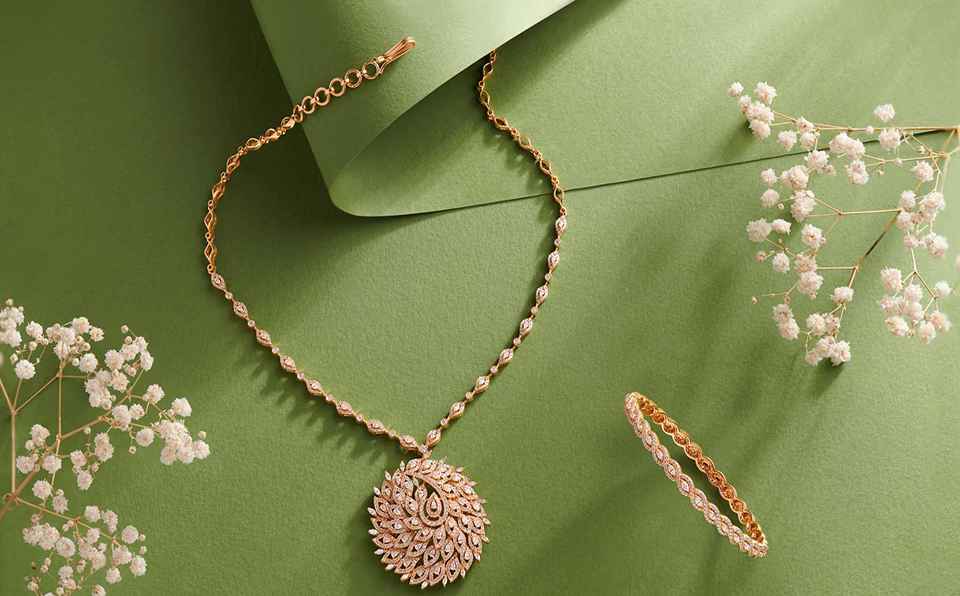
The History of Jewelry and Its Effect on Human Lives
Share
The History of Jewelry and Its Effect on Human Lives
Jewelry has been an integral part of human civilization for thousands of years, serving various roles from decoration to status symbols, spiritual emblems, and even economic assets. The evolution of jewelry throughout history provides insight into cultural, social, and economic changes, reflecting the values and traditions of different societies.
Ancient Beginnings
The earliest forms of jewelry date back to prehistoric times, when early humans crafted ornaments from shells, bones, and stones. These primitive accessories were often used as talismans for protection, signifying spiritual beliefs and social belonging. As civilizations advanced, jewelry became more refined, with early cultures such as the Egyptians, Mesopotamians, and Indus Valley societies using gold, silver, and precious stones to create elaborate designs.
Jewelry in Ancient Civilizations
In ancient Egypt, jewelry was deeply intertwined with religion and status. Pharaohs and elites adorned themselves with intricate gold pieces, believing they carried divine protection. Similarly, the Romans used jewelry as a status symbol, with wealthy individuals wearing rings, necklaces, and brooches to showcase their social standing. Meanwhile, in Asia, countries like India and China developed unique jewelry traditions, incorporating intricate craftsmanship and symbolic meanings.
The Medieval and Renaissance Eras
During the Middle Ages, jewelry became a means of displaying wealth and power among European nobility. Religious symbols were commonly featured, reflecting the strong influence of the Church. The Renaissance period saw a revival of artistic expression in jewelry-making, with gemstones and ornate metalwork becoming more prominent. This era also marked the beginning of jewelry as a means of self-expression and individuality.
The Industrial Revolution and Modern Jewelry
The Industrial Revolution brought significant changes to jewelry production. Mass manufacturing made jewelry more accessible to the general public, no longer reserved solely for the elite. Innovations in metalwork and gemstone cutting allowed for new styles and designs, leading to the emergence of costume jewelry as an affordable fashion statement.
In the 20th and 21st centuries, jewelry continues to evolve, influenced by changing fashion trends, technological advancements, and global cultures. Today, jewelry serves multiple purposes, from personal adornment to investment, and even as a symbol of love and commitment in the form of engagement and wedding rings.
The Effect of Jewelry on Human Lives
Jewelry has long been more than mere decoration; it carries emotional, cultural, and economic significance. Many people wear jewelry to mark important life events, such as weddings, anniversaries, and religious ceremonies. Additionally, heirloom jewelry holds sentimental value, connecting generations through cherished family pieces.
Moreover, jewelry has played a vital role in economies worldwide. The gemstone and precious metal industries generate billions of dollars annually, supporting livelihoods and driving technological advancements in mining and craftsmanship.
Conclusion
From ancient artifacts to contemporary designs, jewelry has shaped and been shaped by human history. Beyond its aesthetic appeal, jewelry continues to influence lives by representing cultural identity, personal milestones, and economic prosperity. As societies progress, the significance of jewelry remains steadfast, reflecting both tradition and innovation in its timeless allure.




